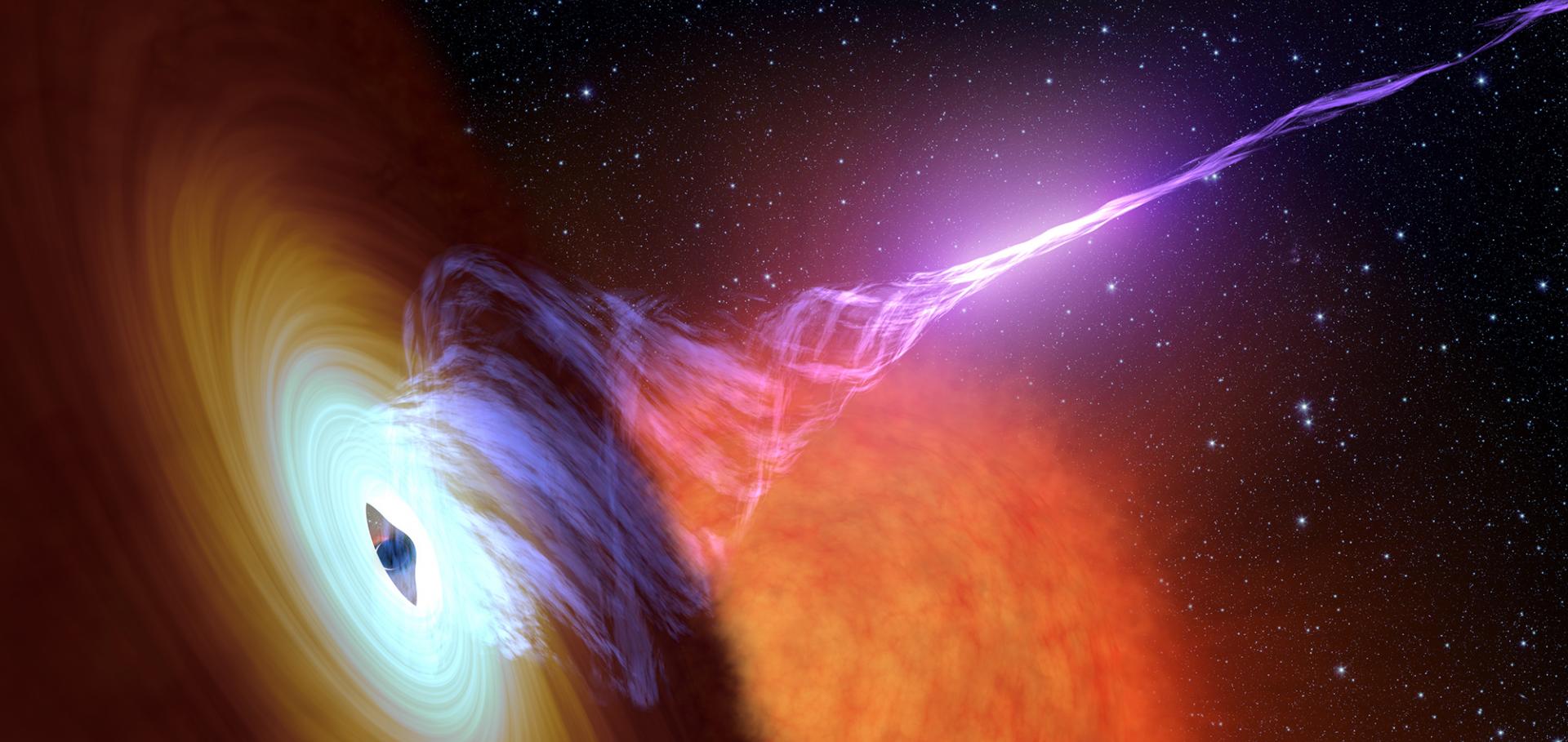A spectroscopic, photometric, polarimetric and radio study of the eclipsing polar UZ Fornacis: the first simultaneous SALT and MeerKAT observations
(2020)
MKT J170456.2-482100: the first transient discovered by MeerKAT
MONTHLY NOTICES OF THE ROYAL ASTRONOMICAL SOCIETY 491:1 (2020) 560-575
Abstract:
© 2019 The Author(s) We report the discovery of the first transient with MeerKAT, MKT J170456.2−482100, discovered in ThunderKAT images of the low-mass X-ray binary GX339−4. MKT J170456.2−482100 is variable in the radio, reaching a maximum flux density of 0.71 ± 0.11 mJy on 2019 October 12, and is undetected in 15 out of 48 ThunderKAT epochs. MKT J170456.2−482100 is coincident with the chromospherically active K-type sub-giant TYC 8332-2529-1, and ∼ 18 yr of archival optical photometry of the star shows that it varies with a period of 21.25 ± 0.04 d. The shape and phase of the optical light curve changes over time, and we detect both X-ray and UV emission at the position of MKT J170456.2−482100, which may indicate that TYC 8332-2529-1 has large star spots. Spectroscopic analysis shows that TYC 8332-2529-1 is in a binary, and has a line-of-sight radial velocity amplitude of 43 km s−1. We also observe a spectral feature in antiphase with the K-type sub-giant, with a line-of-sight radial velocity amplitude of ∼ 12 ± 10 km s−1, whose origins cannot currently be explained. Further observations and investigation are required to determine the nature of the MKT J170456.2−482100 system.Evidence for Late-stage Eruptive Mass Loss in the Progenitor to SN2018gep, a Broad-lined Ic Supernova: Pre-explosion Emission and a Rapidly Rising Luminous Transient
The Astrophysical Journal American Astronomical Society 887:2 (2019) 169
A radio parallax to the black hole X-ray binary MAXI J1820+070
(2019)
Physical Constraints from Near-infrared Fast Photometry of the Black Hole Transient GX 339–4
The Astrophysical Journal Letters American Astronomical Society 887:1 (2019) l19


